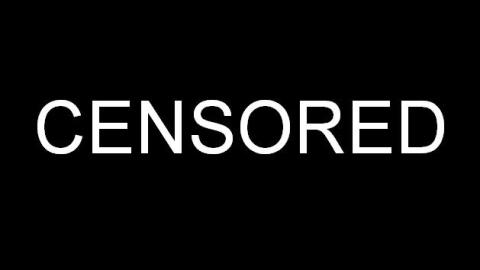Fooling Government Internet Censors

What’s the Latest Development?
By turning common censorship software on its head, computer engineers at the University of Michigan have made it far more difficult for government censors to block websites on the Internet. The new anti-censor program, called Telex, “employs a form of cryptography called ‘steganography,’ which is the practice of hiding secret messages within readable messages.” Typically people have relied on proxy servers outside of the country doing the censorship to avoid state-level censors, but this often meant disclosing the location of proxy servers to the government.
What’s the Big Idea?
The Telex anti-censorship system has two main components: “‘stations’ at dozens of Internet service providers (I.S.P.s)—the stations connect traffic from inside nations that censor to the rest of the Internet—and the Telex client software program that runs on the computers of people who want to avoid censorship.” The creators of the system want to place ‘stations’ at enough I.S.P.s so as to guarantee the availability of an unrestricted Internet. With Telex in place, governments would be forced to shut down the entire Internet to censor one source.




